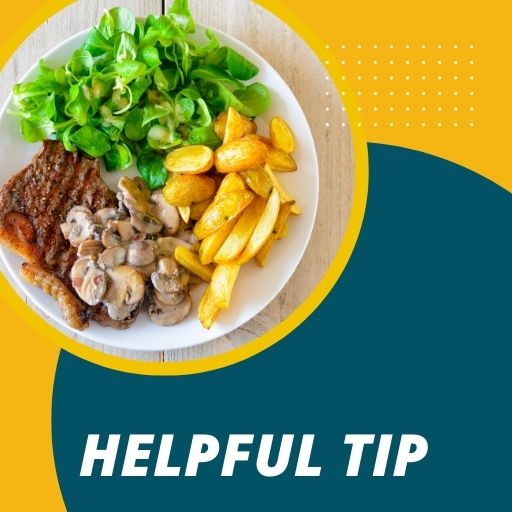People who are blind or have a visual disability
PEOPLE WHO ARE BLIND know how to orient themselves and get around on the street. They are competent to travel unassisted, though they may use a cane or a guide dog.
A person may have a visual disability that is not obvious. Be prepared to offer assistance—for example in reading—when asked.
How To Be Helpful
Identify yourself before you make physical contact with a person who is blind. Tell him your name and your role if it’s appropriate, such as manager, usher, receptionist.
And be sure to introduce him or her to others who are in the group, so that he or she is not excluded.
If a new customer or employee is blind or has low vision, offer him or her a tour of your facility.
If you have changed your facility (i.e., rearranged the furniture) notify your customers who are blind of the changes.
People who are blind may need their arms for balance, so offer your arm— don’t take his—if he needs to be guided.
(It is however appropriate to guide a blind person’s hand to a banister or the back of a chair to help direct him to a stairway or a seat.)
If the person has a guide dog, walk on the side opposite the dog. As you are walking, describe the setting, noting any obstacles, such as stairs (‘up’ or ‘down’) or a big crack in the pavement.

Helpful Advice and Tips
Other hazards include: revolving doors, half-opened filing cabinets or doors, and objects protruding from the wall at head level such as hanging plants or lamps.
If you are going to give a warning, be specific. Hollering “Look out!” does not tell the person if he should stop, run, duck or jump.
If you are giving directions, give specific, non-visual information. Rather than say, “Go to your right when you reach the office supplies,” which assumes the person knows where the office supplies are, say, “Walk forward to the end of this aisle and make a full right.”
If you need to leave a person who is blind, inform him you are leaving and ask if he needs anything before you leave.
Don’t touch the person’s cane or guide dog. The dog is working and needs to concentrate. The cane is part of the individual’s personal space.
If the person puts the cane down, don’t move it. Let him know if it’s in the way.
Offer to read written information—such as the menu, If you serve food to a person who is blind, let him know where it is on the plate according to a clock orientation (12 o’clock is furthest from them, 6 o’clock is nearest).
Remove garnishes and anything that is not edible from the plate. Some patrons may ask you to cut their food; this can be done in the restaurant’s kitchen before the meal is served.

People with Low Vision
A PERSON WHO HAS LOW VISION may need written material in large print.
A clear font with appropriate spacing is just as important as the type size. Labels and signs should be clearly lettered in contrasting colors.
It is easiest for most people with low vision to read bold white letters on black background. Avoid using all uppercase letters because it is more difficult for people with low vision to distinguish the end of a sentence.
Good lighting is important, but it shouldn’t be too bright. In fact, very shiny paper or walls can produce a glare that disturbs people’s eyes.
Keep walkways clear of obstructions. If people with low vision regularly use your facility as customers or employees, inform them about any physical changes, such as rearranged furniture, equipment or other items that have been moved
